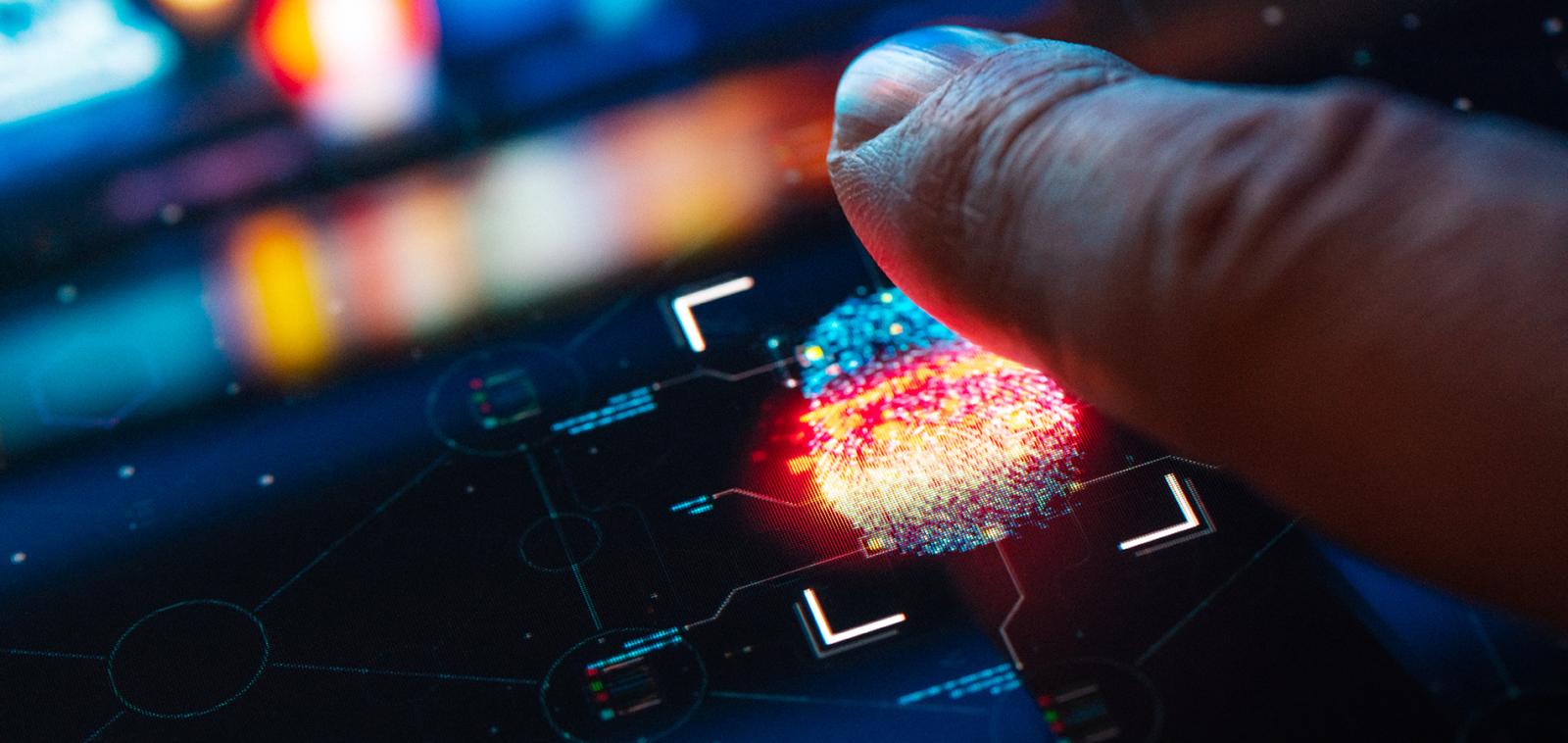Biometric technology, which uses unique physical or behavioral characteristics to verify an individual's identity, is revolutionizing security and privacy across various sectors. From unlocking smartphones to accessing secure facilities, biometrics offers enhanced security, convenience, and personalization. This article explores the latest advancements in biometric technology, its applications, benefits, and the challenges it presents to security and privacy.
1. The Evolution of Biometric Technology
Traditional Biometrics
Biometric technology has evolved significantly from its early days. Traditional biometric systems primarily relied on fingerprints and facial recognition. These methods, though effective, had limitations in terms of accuracy and susceptibility to spoofing.
Modern Biometrics
Modern biometrics has expanded to include a variety of identifiers such as iris scanning, voice recognition, palm veins, and even behavioral biometrics like typing patterns and gait analysis. Advances in artificial intelligence (AI) and machine learning have significantly improved the accuracy and reliability of these systems.
2. Applications of Biometric Technology
Mobile Devices
One of the most widespread applications of biometric technology is in mobile devices. Fingerprint sensors and facial recognition are now standard features in smartphones, providing users with secure and convenient ways to unlock their devices and authenticate transactions.
Financial Services
The financial sector has embraced biometrics for secure transactions and identity verification. Biometric authentication is used in banking apps, ATMs, and payment systems to enhance security and prevent fraud. Voice recognition and fingerprint scanning are commonly used for customer verification.
Healthcare
In healthcare, biometrics ensures secure access to patient records and facilities. Biometric systems help in verifying the identity of patients and healthcare providers, reducing the risk of medical errors and ensuring that sensitive information is accessed only by authorized personnel.
Government and Law Enforcement
Governments and law enforcement agencies use biometric technology for identity verification, border control, and criminal identification. Facial recognition and fingerprint databases are crucial tools for tracking and apprehending criminals, as well as for securing national borders.
Workplace Security
Biometric systems are increasingly used in workplaces for access control and attendance tracking. By using fingerprints, facial recognition, or iris scans, organizations can enhance security and streamline employee management.
3. Benefits of Biometric Technology
Enhanced Security
Biometric technology provides a higher level of security compared to traditional methods like passwords and PINs. Biometrics are unique to each individual, making it difficult for unauthorized users to gain access. Additionally, biometric data is harder to forge or steal.
Convenience
Biometrics offers unparalleled convenience. Users no longer need to remember complex passwords or carry physical keys. A simple fingerprint scan or facial recognition can quickly and securely grant access to devices, applications, and facilities.
Personalization
Biometric systems enable personalized user experiences. For instance, smartphones can use facial recognition to customize settings, apps, and notifications based on the user. In healthcare, biometric verification ensures that medical records are accurately matched to the right patient.
4. Challenges and Concerns
Privacy Concerns
While biometrics enhances security, it also raises significant privacy concerns. Biometric data, once compromised, cannot be changed like a password. The collection, storage, and use of biometric information require robust data protection measures to prevent misuse and breaches.
Ethical and Legal Issues
The use of biometric technology in surveillance and law enforcement raises ethical and legal questions. Concerns about mass surveillance, racial bias, and wrongful identification need to be addressed through clear regulations and ethical guidelines.
Technological Limitations
Despite advancements, biometric systems are not foolproof. Factors like poor lighting, changes in physical appearance, and technical malfunctions can affect the accuracy of biometric recognition. Continuous improvements and testing are necessary to enhance reliability.
5. The Future of Biometric Technology
Integration with AI and IoT
The future of biometric technology lies in its integration with AI and the Internet of Things (IoT). AI algorithms can enhance the accuracy and speed of biometric recognition, while IoT devices can provide seamless and secure biometric authentication across various platforms.
Multi-Factor Authentication
Biometric technology is likely to be combined with other forms of authentication to create multi-factor systems. This approach adds an extra layer of security by requiring multiple verification methods, making it even more challenging for unauthorized users to gain access.
Regulatory Frameworks
As biometric technology continues to advance, the development of comprehensive regulatory frameworks will be crucial. These frameworks should address privacy concerns, set standards for data protection, and ensure ethical use of biometric systems.
Conclusion: Balancing Security and Privacy
Biometric technology is shaping the future of security and privacy by providing advanced, reliable, and convenient authentication methods. While the benefits are substantial, it is essential to address the associated privacy concerns and ethical issues. By developing robust regulatory frameworks and continuously improving technology, we can harness the full potential of biometrics to create a secure and privacy-respecting digital world.








No comments:
Post a Comment